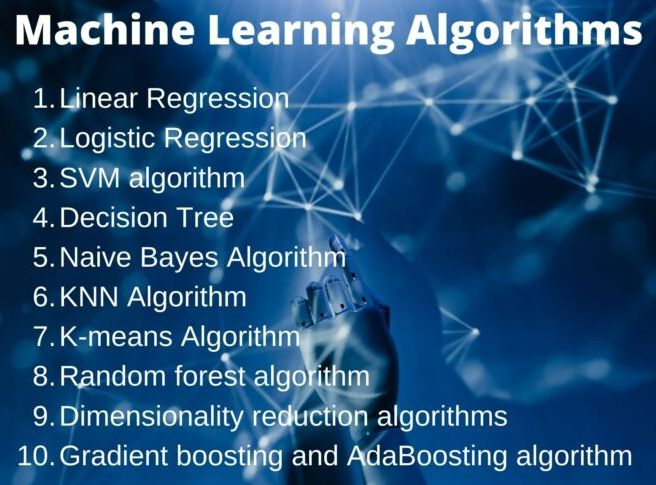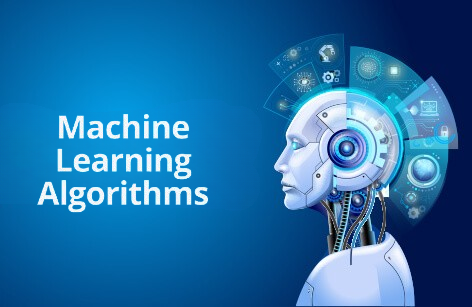Machine learning is a branch of artificial intelligence (AI) and advance analytics which focuses on the use of data and algorithms to imitate the way that humans learn, gradually improving its accuracy.
Algorithms are the fundamental building blocks for machine learning models. From classification to regression, here are seven algorithms’ organizations need to know as they begin their ML journey:
1) Linear regression is a supervised learning algorithm used to predict and forecast values within a continuous range, such as sales numbers or prices.
2) Logistic regression, or “logit regression,” is a supervised learning algorithm used for binary classification, such as deciding whether an image fits into one class or another.
3) Naive Bayes is a set of supervised learning algorithms used to create predictive models for either binary or multi-classification. Based on Bayes’ theorem, Naive Bayes operates on conditional probabilities, which are independent of one another but indicate the likelihood of a classification based on their combined factors.
4) Decision tree is a supervised learning algorithm used for classification and predictive modeling.
5) Random forest algorithm uses an ensemble of decision trees for classification and predictive modeling.
6) K-nearest neighbor is a supervised learning algorithm used for classification and predictive modeling.
7) K means is an unsupervised algorithm used for classification and predictive modeling. Much like KNN, K means uses the proximity of an output to a cluster of data points to identify it. Each of the clusters is defined by a centroid, a real or imaginary center point for the cluster. K means is useful on large data sets, especially for clustering, though it can falter when handling outliers.

